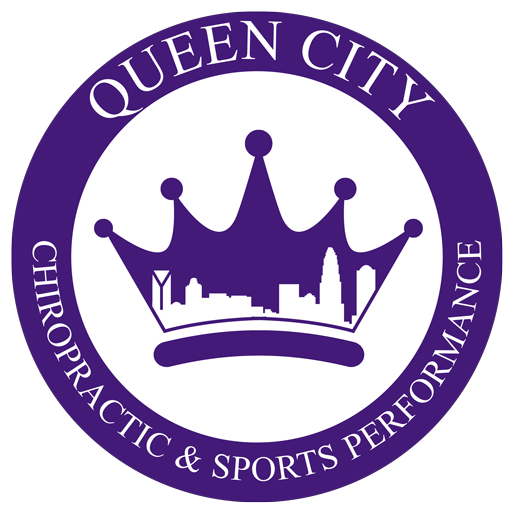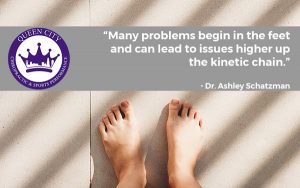Ever thought about the difference between a sprain and a strain?
Too often when people suffer a mild muscle or joint injury, they do not describe what they are suffering from accurately. People might use the term “twisted” or “cramped” or “torn” when they describe their injury to friends and family or health care professionals. Although these terms are descriptive, they are not specific.
Similarly to clarifying when to use heat or ice to treat an injury, the purpose of this article is to simplify the terminology between a sprain and a strain.
Most people know a “fracture” refers to a broken bone. With muscles and joints, the injury terminology is far more complex.
Different Structures Provide Different Roles for the Body
A ligament is a fibrous band (similar to a super-strong rubber band) that connects two bones to one another near a joint and allows mild flexibility. An example is the ACL or anterior cruciate ligament of the knee that attaches the femur to the tibia.
A tendon is the inflexible fibrous collagen cord at the end of a muscle that allows a muscle to attach to a bone so movement can occur. The best example of a tendon is the Achilles tendon that connects the calf muscle to the calcaneus or heel bone which allows us the ability to walk or run.
Muscles create movement and are typically connected to bones via tendons. All soft tissue structures are designed for movement, some create movement while others limit movement. Dynamic stretching under normal conditions is something they are built to do, but excessive force can result in injury due to partial or complete tearing.
Let’s consider what occurs with a mild injury, for example a sprained ankle or sprained spinal joint in the lower back. Typically, when an injury occurs a rapid, excessive force is applied to the body in a direction that exceeds a joint or muscle’s normal range of motion. Soft tissue such as ligaments, tendons or muscles are designed to stretch but like most natural structures, they have limitations.
When the stress applied to soft tissue is too great, excessive stretch occurs and the structure is compromised and could fail by tearing.
Muscles get strained
When a muscle is stretched too far and becomes injured, it’s referred to as a strain. Under most circumstances muscle strains, regardless of the severity, will heal in time with rest then followed by stretch and exercise. Grade 2 or 3 strains require more time to fully heal than a grade 1 strain.
On rare circumstances with severe grade 3 strains, surgery is necessary to restore proper muscle function, however in most instances conservative rehabilitation will suffice without permanent compromise.
If injuries aren’t addressed properly, scar tissue can form and limit a muscle’s natural flexibility over time. This can result in permanent loss of flexibility or strength.
Strains are also applied to tendon injuries as well since a tendon is the fibrous attachment cord for a muscle. A grade 3 strained tendon may require surgery since the muscle is no longer attached to the bone and will not heal without intervention.
Joints get sprained
When a joint is stretched too far and ligaments are damaged, it’s referred to as a sprain.
Usually, both muscle and tendon along with joint ligaments are damaged during a severe injury. So we refer to the injury as a sprain/strain condition.
Like muscle strains, sprains are graded on a scale from 1 to 3, with 3 being considered a greater injury compared to a minor grade 1 injury. Grade 1 sprains usually result in a partial tear of less than 50% of the ligament involved. A grade 2 sprain results in between 50-99% of ligament tearing while a grade 3 sprain usually is a completely torn ligament. A grade 3 joint sprain may or may not require surgery depending on the location and other factors involved in the injury. Health care professionals can determine the severity or grading of the injury by performing a physical examination.
Chiropractic’s role in treating your sprain or strain
Chiropractic Physicians treat both sprains and strains, providing there is not an involved fracture. Most sprain/strain injuries are evaluated by a health care professional and then a specific rehabilitative plan is implemented to ensure proper recuperation is achieved.
Although time frames for recovery can be discussed, no two soft tissue injuries are exactly the same and exact predictions for complete recuperation can be difficult to provide.
Chiropractic can provide complementary benefit to any patient healing from a soft tissue injury. Chiropractic care can enhance the body’s natural healing qualities by reducing the body’s stress and compensation while promoting an optimal internal body environment for healing.
So remember, we strain a muscle and sprain a joint. For active people, these injuries are bound to occur. However, with improved awareness and knowledge of your body, along with chiropractic care, you will be back on your feet in no time without letting soft tissue injuries hold you back!








